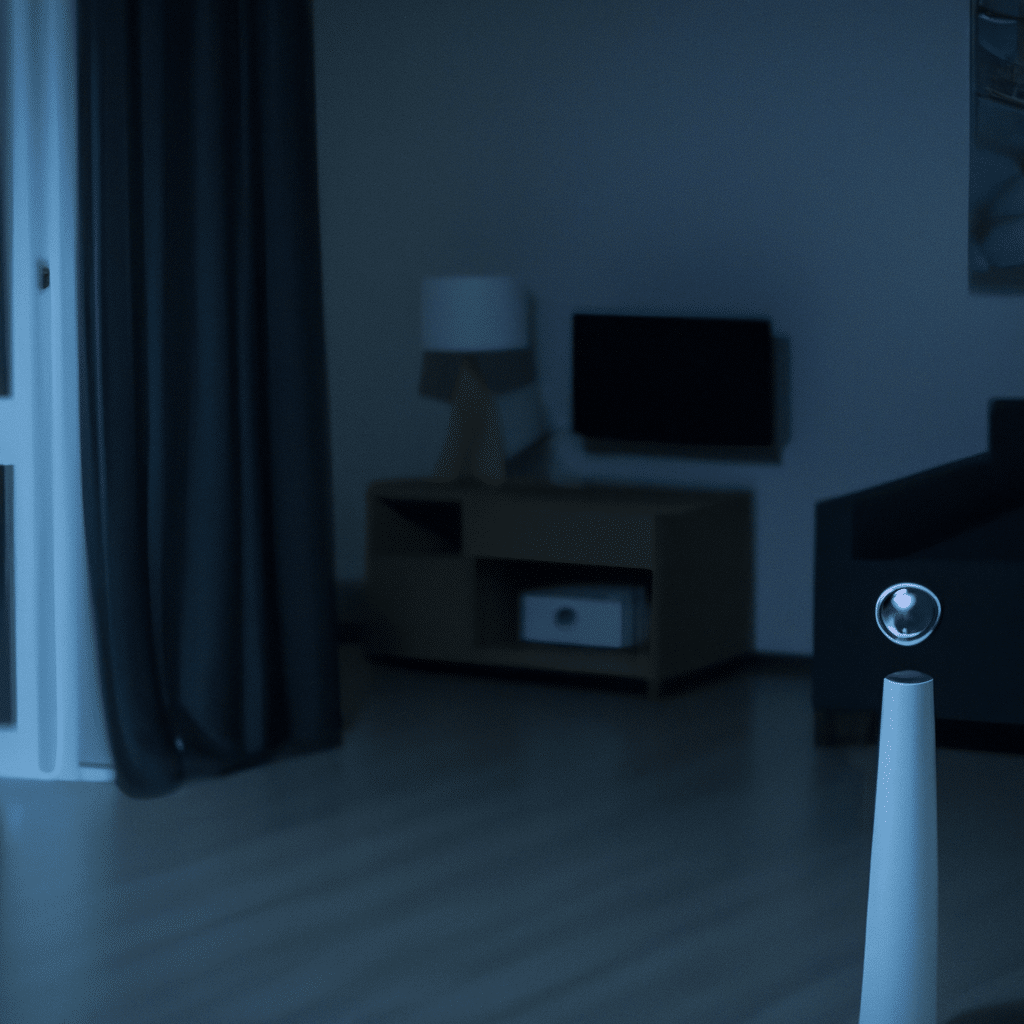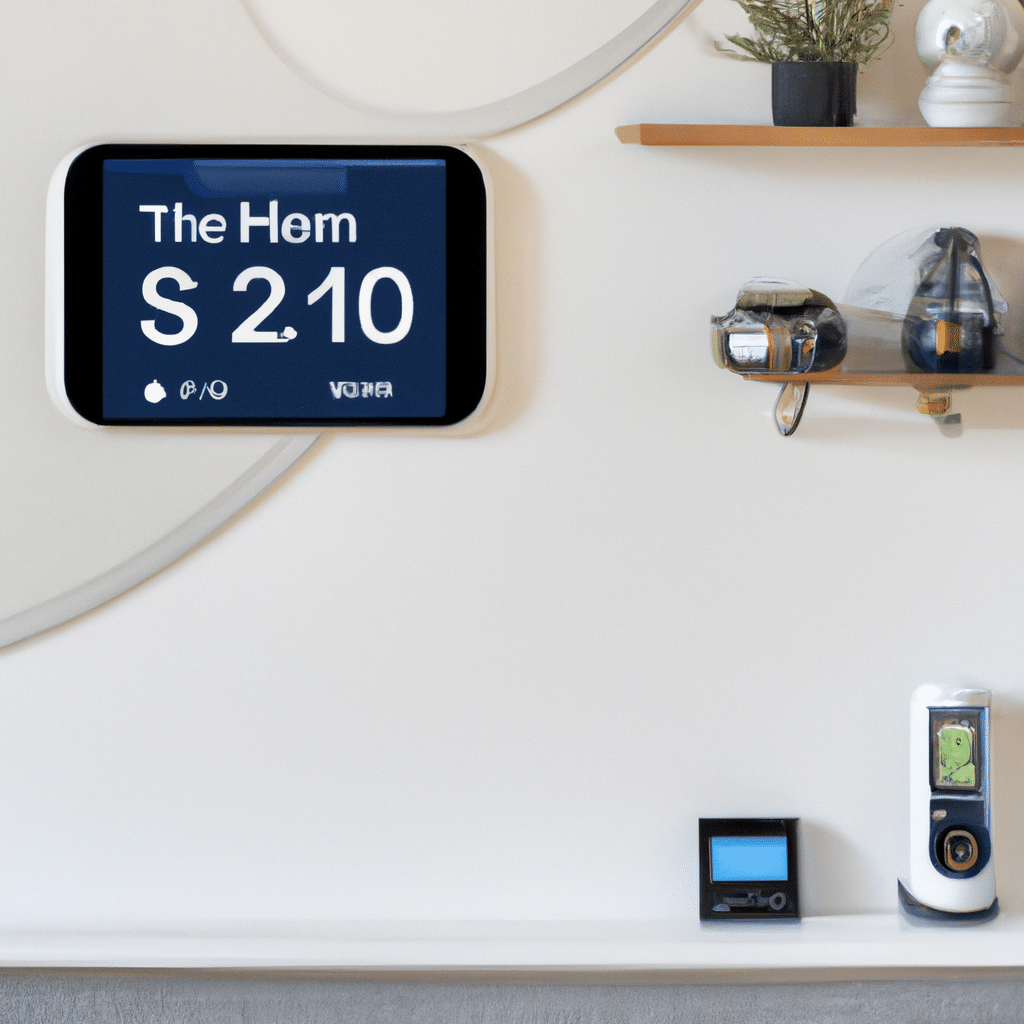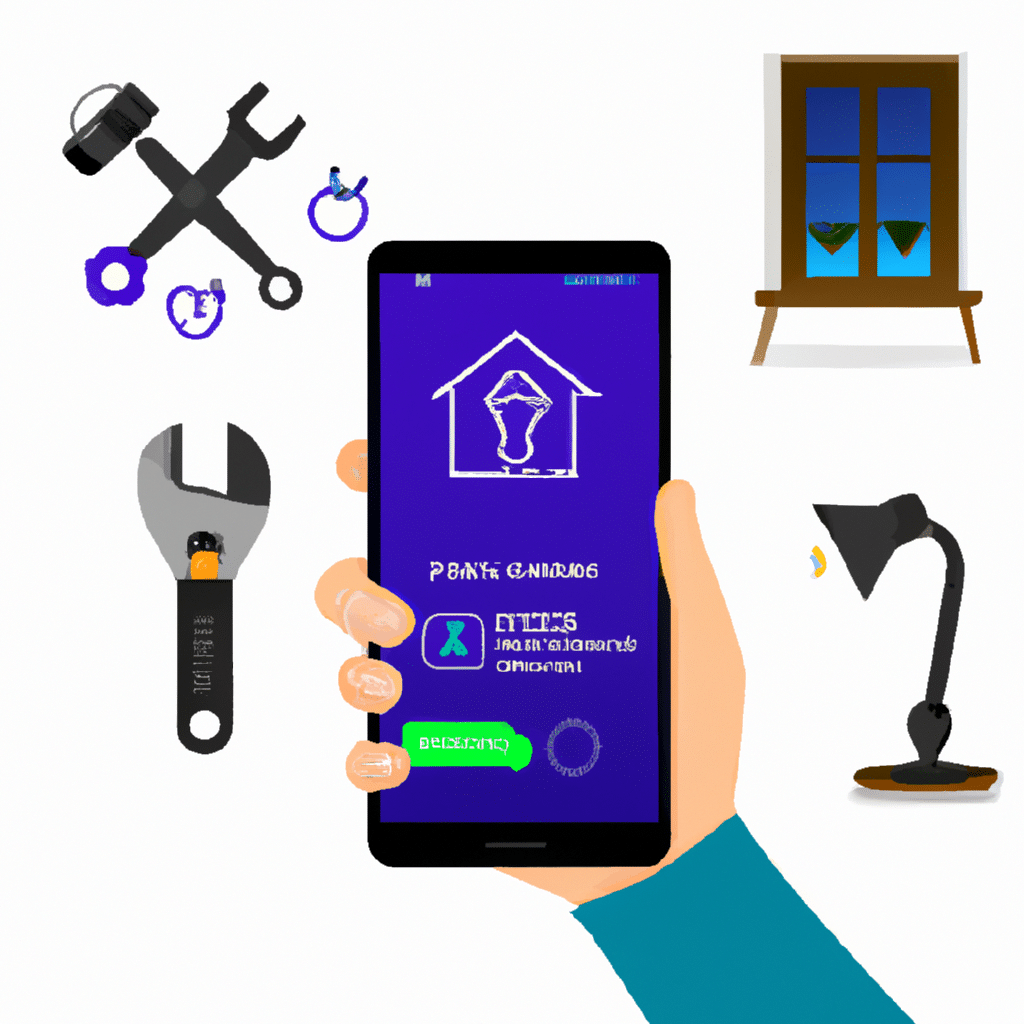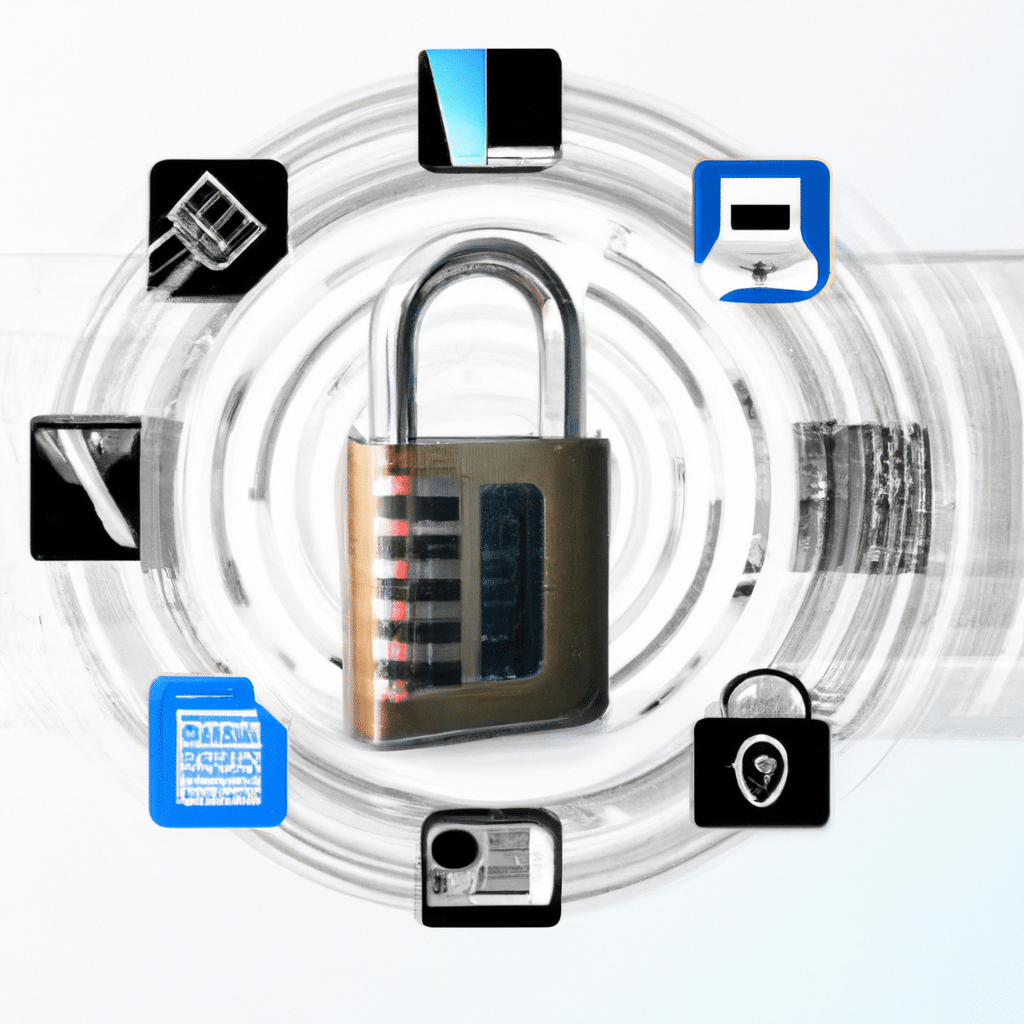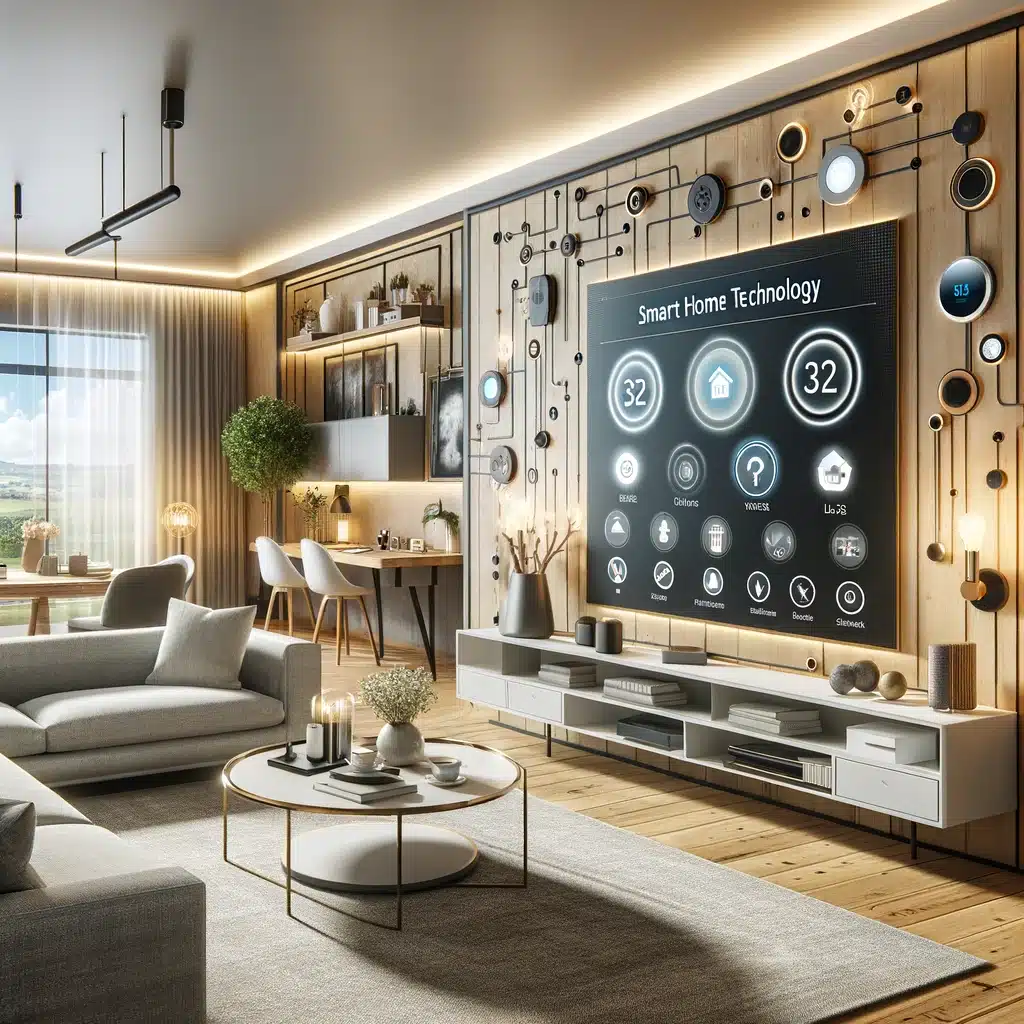
Introduction: Embracing Smart Home Renovation
The integration of smart technology and automation has revolutionized many aspects of modern life, including how we renovate and transform our living spaces. As homes get “smarter,” incorporating connected devices, apps, voice assistants, sophisticated security systems, and energy efficiency through automation, the possibilities for innovative home upgrades are endless.
Professional tool hire services have also made once complex jobs more feasible as DIY projects. With the right equipment rented affordably, any homeowner can take on tasks like flooring replacement, kitchen upgrades, building additions, and more. The combination of smart home technology and temporary access to professional-grade tools opens new potential for renovations and customization.
In this article, we will explore how smart home automation and professional tool rental can work hand-in-hand to help you reimagine and remodel your home. From cost savings and convenience to safety, design personalization and accessibility, let’s delve into this exciting new frontier of home improvement.
The Rise of Smart Home Technology
While elements of home automation have existed for decades, recent years have seen an explosion in smart devices thanks to WiFi connectivity, voice assistants, app integration, artificial intelligence (AI), and the Internet of Things (IoT).
The global smart home market is predicted to grow in value from $63 billion in 2021 to $158 billion by 2024, according to Statista. This is fuelled by both consumer demand and tech industry innovation. Smart speakers and smart TVs now dominate market share over “dumb devices”, while new products like smart thermostats, lighting, and appliances continue to emerge.
For homeowners and prospective renovators, this presents enticing possibilities. By incorporating smart products, we can control everything from security systems to window shades using a smartphone, computer, or voice assistant. Features like presence detection, geo-location tracking, climate and activity sensors help these devices respond intelligently to our needs and preferences. And integrations between platforms (for example Google Nest working with Alexa) create a truly automated smart home ecosystem.
While intimidating or costly for some in the past, smart home tech is now extremely accessible even to novice DIYers. And as we’ll outline, it can be seamlessly incorporated into all manner of renovations and upgrades.
Understanding Professional Tool Hire Benefits
Along with smart home advancements, new options for professional tool rental services have made ambitious renovations more viable without breaking the bank. Power drills, demolition equipment, earthmoving tools, wall cutters, concrete grinders, specialty lifts – almost any construction or trade device imaginable can now be hired affordably from big retailers or specialized rental companies.
There are many advantages tool hire offers both professionals and DIYers undertaking renovations:
- Cost savings – No need to purchase expensive specialty tools outright
- Project suitability – Access equipment is only needed short-term for specific jobs
- Skill supplement – Provides tools the non-expert may lack skills to otherwise operate
- Space savings – No equipment storage needed longterm
- Environmental benefits – Reduces waste and environmental impact of manufacturing
With the rise of the “sharing economy”, tool libraries and cooperatives have also emerged in many neighborhoods for local residents to share access.
For any home renovation, having the right tools for the right phase makes all the difference. Tool rental access paired with smart home tech integration is a powerful combination, as we’ll now explore.
Linking Automation with Home Renovation
How exactly do smart home gadgets and professional tool rental intersect to enable renovations? Here are some of the key links:
- Smart products can be integrated into any renovation from the get-go
- Tools enable necessary structural changes to facilitate wiring and hardware
- They streamline the installation of tech components like sensors, cameras and controllers
- Automation capabilities then enhance many aspects of the remodel
- Rental equipment facilities demo, construction required in tech integration
- Saves budget for splurging on the fancy new tech elements
With the heavy lifting, building, and structural improvements achieved via rental equipment, homeowners can then overlay intelligent lighting, climate control automation, integrated voice assistants, security and more.
Meanwhile, many emerging smart home gadgets are specifically designed for easy DIY installation without complex rewiring etc. So they pair perfectly with temporary yet powerful tool hire options.
Let’s explore some real ways tool rental and home technology innovation can combine to reimagine your living spaces.
Essential Tools for Modern Home Makeovers
While a full workshop would be nice, most homeowners don’t have endless budgets or storage capacity. This is where tool rental comes in for providing temporary access to equipment tailored to any home renovation. Here are some of the most useful tools for common makeover tasks:
Flooring Removal and Replacement
- Pneumatic nail guns – For rapid floor laying
- Table and mitre saws – Precision board cutting
- Floor sanders – Smooth new timber surfaces
- Scrapers and grinders – Removing existing floors
- Laser levels – Keeping surfaces flat
Kitchen and Bathroom Upgrades
- Demolition hammer – Removing tiles & cabinets
- Drywall lifter – New ceiling installment
- Power drill – Cabinetry attachment
- Paint sprayer – Swift paint jobs
- Pipe threader – Plumbing installations
Building Extensions and Additions
- Concrete mixer – Foundations & slabs
- Excavator – Landscaping and earthworks
- Compaction equipment – Grading and flattening
- Scissor lift – Accessing heights safely
- Insulation blower – Quick insulating application
Landscaping and Exteriors
- Pressure washer – Cleaning outdoor surfaces
- Tiller – Soil preparation
- Electric trimmer – Lawn edging
- Auger – Fence post digging
- Log splitters – Managing firewood
These are just a sample of rental equipment that may be utilized for an average remodel or renovation. Specialty tools for electrical work, plumbing, plastering, demolition and almost any trade are accessible as well.
The Impact of Smart Devices on Renovation
Home automation integration is most effective when considered from the initial design phase, rather than an afterthought add-on. Here are some of the key ways that smart systems influence modern renovations.
Electrical and Wiring
Many older homes lack the robust electrical systems and capacity required for adding multiple internet-connected devices. Upgrading the fuse box, installing ethernet cabling, and increasing wi-fi router access points and outlets are often essential first steps before smart installation. Safety is also paramount when mixing power, lighting and electronics.
Physical Build Integration
Smart sensors, controllers, operating panels and hardware need appropriate placement and installation anchorage within the fabric of walls, ceiling cavities and fixtures themselves. Brackets, compartments and reinforced mounting surfaces prevent devices from kicking or falling off.
Multi-purpose Design
With a little forward planning, elements like lighting, climate and entertainment can overlap to create multi-functional smart installations. For example, installing AV cables inside LED strip lighting channels, or concealing speakers within ceiling rose fittings.
Streamlined Minimalism
Clutter diminishes many smart home benefits. Running hidden cabling, eliminating unnecessary switches, and concealing hubs and controllers all lead to sleeker, less visually cluttered interiors. Wireless options also keep physical tech integration to a minimum.
User Experience Flow
Well-planned smart ecosystems centered on user needs often work best. Mapping out customer journeys – how heating, lighting, music, etc will respond to inhabitants daily – ensures seamless automated experiences.
Considering these factors early in your renovation planning helps ensure your new smart systems operate both safely and elegantly.
Planning Your Smart Home Transformation
Approaching a home renovation focused on smart integration requires more foresight than traditional remodeling. These planning tips help set your project up for automated success:
1. Audit your existing systems – Inspect electrical, connectivity and device capabilities already present. This allows for determining upgrade requirements as a baseline.
2. Envision your ideal interactive ecosystem – How do you want lighting, climate, media and other elements to respond and interoperate? Brainstorm and document the complete picture.
3. Research product ecosystems – Do you want an all-Google Nest environment or open-source IoT gadgets? Choices influence overall integration.
4. Map out positions and placements – Floorplan where hubs, wiring runs, controllers and endpoints will sit in the new design.
5. Budget for automation – Factor smart devices and integrate labor into your overall budget from the start. Avoid compromise with core elements later on.
6. Prototype and test – Before mounting final fixed installations, trial gear placements using temporary mounts to fine-tune positioning.
7. Build physical infrastructure – With rentals, construct necessary walls, cabling channels and anchorage required for devices.
8. Configure network and environments – Set up WiFi zones, ethernet routing and debug connectivity before permanent fixture.
Following these steps converts a space into a truly smart home, with technology supporting rather than interfering in the renewed environment.
Cost Analysis: Tool Hire vs. Purchase
The cost equation of professional tool rental compared to outright purchasing depends on several variables:
Rental Duration For short term projects, rental is nearly always cheaper than buying the equipment outright. But for longer renovations, purchase costs could amortize.
Specialization
Specialty trade tools like tile cutters or drain inspectors are used infrequently. Rental avoids these expensive assets sitting idle. But core tools get everyday use.
Storage Capacity
Storing cleaning, building and storage equipment long term requires space many homeowners lack. Rental solves the storage problem.
Maintenance Requirements Renting tools means the rental company handles repairs and maintenance. For homeowners, asset maintenance poses an added hidden cost.
Environmental Impact
Replacing personally owned equipment has a far greater environmental footprint through manufacturing and transport than utilizing equipment via a rental model.
For a whole home renovation:
- Renting avoids thousands in capital expenditure
- Access specialized equipment otherwise unaffordable
- Keep start costs predictable
Careful planning around tool requirements for each project phase can minimize total rental days and overall makeover expenditure.
Smart Lighting: A Key Renovation Aspect
Lighting transforms the feel and function of indoor and outdoor living spaces. It influences everything from sleep patterns to user safety, aesthetics and ambiance.
Smart lighting gives homeowners infinite flexibility through automation. Key aspects include:
Adjustability – Tuning color temperature and dimness to suit any activity Pre-set Control – Custom lighting moods and scenes Automation Triggers – Motion, time of day, alarms activating light switches Remote Operation – Manual and scheduled control via smartphone anywhere Zone Control – Tailor lighting parameters to usage in each room
With sophisticated smart lighting built into a renovation:
- Rooms feel larger, brighter and more spacious
- Carefully directed task lighting prevents eye strain
- Nighttime trips don’t require blinding full-brightness activation
- Lighting enhances relaxation, productivity, and entertainment as needed
- Natural circadian rhythms supported for restful sleep
From LED bulb retrofits to complete recessed lighting overhauls, smart illumination adds comfort, convenience and visual pleasure to any redesigned home.
Professional electrician partnerships for complex fixture upgrades, combined with affordable smart bulb DIY installs enable stunning, clever lighting makeovers within almost any budget.
The Role of Automation in Home Safety
Safety and security remain top priorities for any home renovation. Here we analyze how home automation can prevent hazards, deter intrusion and protect what matters most.
Fire and Electrical Safety
Intelligent smoke alarms, and heat and flame sensors provide an extra layer of rapid response alongside standard detectors. They can self-test functionality while linking to other smart devices like ventilation systems to help mitigate damage risks.
Whole home surge protection and independent device circuitry prevent electrical overloading. Smart meters detect unusual power draws and spikes across whole circuits. If something seems electrically amiss, notifications alert homeowners.
Water and Flood Prevention
Smart water valves shut off the supply after detecting unusual flow rates. Leak sensors also automatically trigger valves based on moisture detection. This safeguards against slow leaks building over weeks. Frozen, broken, or leaky pipes get discovered before catastrophe strikes.
Crime Prevention
Outdoor security cameras with night vision and intelligent motion sensing deter would-be intruders. Integrations sound loud alarms while contacting emergency services when unauthorized access occurs. Inside, sensors ensure all windows and doors are locked each night.
Medical Emergencies
Wearable devices monitoring heart rate, motion and location allow assistance calls if accidents render people unconscious. Floor vibration sensors detect falls, particularly helpful for elderly inhabitants wanting to retain independence within their homes.
Remote Control and Monitoring
Via mobile apps, homeowners monitor sensors and detector status, receiving notifications the instant critical thresholds get reached. Controls also allow first responders temporary external access should emergencies occur while residents are away.
With increasingly powerful sensing capabilities and smartphone notifications, homeowners gain tremendous peace of mind having their abodes watched over day and night.
DIY vs. Professional Renovation Approaches
Major home renovations blend elements of DIY and professional integration for the best outcome. Assessing each stage of your project, you can determine where to get stuck in yourself, versus outsourcing to experts.
Electrical – Rewiring, new intake and board upgrades require certified electricians for safety compliance. But accessory installation like switches, power outlets and lighting can work as modular DIY projects following core wiring completion.
Lighting – As mentioned, primary wiring is an expert job, but homeowners can easily retrofit smart LED lighting controls and accessories thereafter.
Carpentry – Structural demolition and rebuilding like taking down walls requires architectural engineering input. But cabinetry, shelving and fitting trims pose ideal woodwork challenges for keen DIYers.
Painting – While experts achieve immaculate smooth rapid paint jobs, patient enthusiasts derive enjoyment from a thorough brush and roller makeover using tool rental equipment.
Plastering – Applying professional finishes like cornice detailing is best left to seasoned pros. However, prepping surfaces with fillers and sanders presents a satisfying hands-on process.
Flooring – Carpet stapling and engineered timber finishing demand specialised professional grade equipment and techniques. But fitting putting final touches like floating floors offers simpler DIY territory.
Find the right balance of pro-task outsourcing with enough hands-on elements to stay involved, save money and customize your new living environment.
Innovative Home Renovation Trends
Beyond smart home integration, a range of promising new technologies look set to transform home renovations in coming years.
Voice Control Expansion
Already popular through Siri and Alexa integration, next generation smart assistants recognize multiple voice signatures while learning to respond better through AI neural networks. They become highly customized to individual households while managing ever more renovation-centric tasks.
AR/VR Visualization
Virtual and augmented reality transforms renovation planning. Homeowners preview photorealistic renderings of their transformed property from all dimensions before committing to expensive physical changes. Companies like Houzz and Ikea already offer basic AR applications to envisage new interiors.
Precision Robotics
Advances in miniaturized GPS, sensors, controllers and programming enable the development robotic helpmates. These take over dangerous and repetitive jobs – from automatic window and gutter cleaning to lifting heavy materials, freeing homeowners from grueling labor.
Composite Materials
Carbon polymers, foam concrete, engineered bamboo and micro lattice structures replace timber, brick and plaster. Combining extreme strength, insulation, soundproofing and recyclability, affordable composite materials are customizable using CNC cutters and 3D printers.
Metaverse Integration
Pairing technologies like Microsoft Hololens and Oculus with architectural modeling software leads to collaborative virtual design studios. Clients, architects and builders meet inside a shared metaverse workspace to explore and co-create dream home renovations together.
Leveraging these emerging trends through smart home interconnectivity paves the way for groundbreaking new styles of highly personalized living spaces.
Incorporating Smart Thermostats in Your Design
Among the most popular smart home devices, internet-connected thermostats perfectly illustrate automation benefits for home renovations. Modern models learn inhabitant comfort preferences, balancing these with energy efficiency.
Here’s how they enhance makeovers:
Zoning – Separate climate schedules tailored to usage patterns to avoid heating or cooling rarely used spaces. Bedrooms needn’t maintain daytime temperatures.
Presence detection – Motion and door sensors tell the thermostat when residents leave home, automatically sliding into an Eco mode until your return.
Voice control – “Alexa, make the lounge warmer”. No manual intervention is needed.
Smart learning – Over days and weeks, algorithms remember the temperatures you manually adjust to, replicating these times daily.
Weather response – Connected to local weather data, automated climate systems preheat before cold snaps or minimize during heatwaves.
Smart integration – Link air conditioning units with smart ventilation to circulate fresh air on demand, keeping comfortable atmospheres.
With handy tool rental options like compact electric jackhammers or impact drivers needed for tricky vents and thermostat fixtures behind walls, it’s surprisingly easy to build an automated climate control network.
This keeps interiors snug, energy efficient and lungs breathing healthy during any weather on a budget.
Selecting the Right Tools for Your Project
Every home renovation project requires a tailored set of tools to get the job done. Avoid wasting budget on unnecessary equipment by first profiling key phases, then matching appropriate hire gear.
Step 1 – Break the project into stages
Detail all activities from structural demolitions right through to final decorative touches. Be as comprehensive as possible.
Step 2 – List equipment needed in each phase Match the exact tools – from concrete mixers and tile cutters to painter’s scaffolding or simple hand sanders



